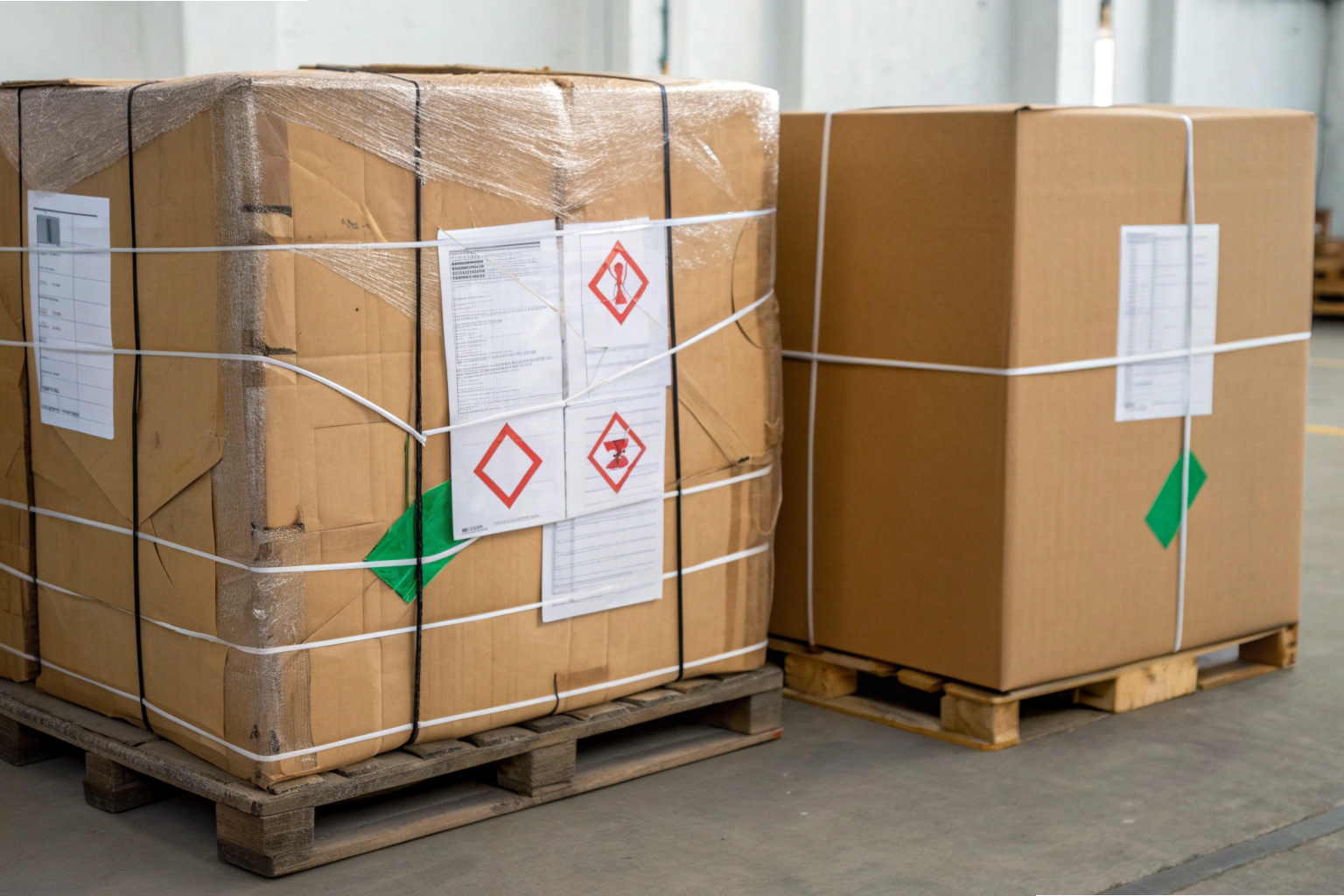
I used to trust suppliers just from video calls—and learned my lesson when quality failed delivery.
Yes — arranging a third-party factory audit 1 before importing custom metal parts from Vietnam is a prudent move, offering objective insight into quality, compliance, and reliability before you commit to large orders.
If you skip audits, hidden problems (machinery gaps, poor documentation, labor risks) may catch you off guard. Below I walk you through what audits are, when to schedule them, how to pick the right auditor, and which findings truly matter.
What is a third-party factory audit and why use one?
I once asked a supplier to fill out a self-assessment questionnaire. On paper, everything looked perfect—until shipment arrived with scratches, dimensional errors, and missing certificates. That’s when I realized I needed someone impartial going into the facility, not trusting what’s written on paper.
A third-party factory audit is an independent inspection conducted by a neutral firm to evaluate a factory’s capabilities, systems, processes, compliance, and readiness—without bias.

Key Aspects of a Factory Audit
| Audit Focus | What It Reveals | Why It Matters |
|---|---|---|
| Machinery & Tooling | Presence and condition of required machines | Avoid reliance on subcontractors |
| Quality Management | Existence of ISO 9001 quality systems 2 | Ensures consistent quality |
| Material Traceability | Supplier records, certifications | Critical for safety and compliance |
| Safety & Environment | Conditions, PPE, waste handling | Reduce legal and ethical risks |
| Documentation | Origin certificates, inspection reports | Needed for customs and customer assurance |
How to choose a credible audit company?
When I first picked an audit firm, I chose the cheapest option—and got a shallow report that missed key red flags. Ever since, I’ve refused to compromise credibility for lower cost.
You should pick an audit company with proven experience in metal parts manufacturing, strong reputation, and transparency about their methodology and auditor qualifications.

Recommended Audit Firms for Metal Part Importers
| Audit Company | Region Presence | Key Strengths |
|---|---|---|
| SGS 3 | Global, with strong Vietnam base | High technical depth, global standards |
| Bureau Veritas 4 | Global | Strong manufacturing specialization |
| TÜV Rheinland 5 | Asia & Europe | Excellent for compliance-heavy industries |
| Intertek 6 | Global | Balanced approach, flexible packages |
Also consider hybrid approaches:
- Ask your sourcing agent for their factory reports (photos, video, past audit summaries)
- Use a self-audit form first, then decide if third-party audit is needed
- Combine remote video audits 7 and physical visits to control cost
When should the audit happen in your import timeline?
I once placed a small trial order without auditing. Production began, but they later said they lacked certain tools for full batch. By then it was too late. I learned to schedule audits before mass production.
The optimal window for a third-party audit is right after you shortlist the supplier and before you finalize contracts or place full production orders.

Suggested Audit Timing and Purpose
| Phase | Audit Type | Purpose |
|---|---|---|
| Supplier Shortlisting | Remote audit or document review | Quick check of basic compliance |
| Before Contract Signing | Full on-site audit | Confirm capabilities before commitment |
| Pre-Mass Production | Pre-shipment or sample audit | Prevent defects at scale |
| During Repeat Orders | Periodic audit | Maintain quality over time |
Audit scheduling is not just a checkbox—it should be part of your ongoing supplier risk management 8 program.
What audit findings matter most for importers?
When I review audit reports now, I focus on a few “deal-breaker” findings. Even if most of the factory looks good, a critical red flag in one area can warrant walking away.
The most important audit findings for importers of custom metal parts are those that directly threaten part integrity, delivery reliability, compliance, or traceability.

Red Flags to Prioritize in Audit Reports
| Finding | Risk Level | Impact |
|---|---|---|
| Uncalibrated Measuring Tools | Critical | High chance of tolerance failures |
| Subcontracted Critical Processes | Major | Inconsistent quality, missed specs |
| No Root Cause Analysis Process | Major | Recurring issues, no improvement |
| Unsafe Working Conditions | Critical | Legal exposure, ESG damage |
| Poor Record Keeping | Major | Delays at customs or customer claims |
Once you get the audit report, discuss all major and critical findings with your supplier. Request timelines for corrective actions, and don’t proceed until you see follow-through.
Conclusion
Third-party audits give you visibility where it matters most—on the shop floor, not just on paper. They reduce risks, support better decisions, and protect your brand.
Footnotes
1. SGS Vietnam explains factory audit services. ↩︎
2. ISO 9001 quality management ensures consistent standards. ↩︎
3. SGS official site for global auditing. ↩︎
4. Bureau Veritas offers supplier audits worldwide. ↩︎
5. TÜV Rheinland covers compliance and safety audits. ↩︎
6. Intertek provides balanced factory audit services. ↩︎
7. QIMA explains how remote audits reduce costs. ↩︎
8. HBR checklist for supplier due diligence. ↩︎
9. Sedex SMETA audit framework for ethical compliance. ↩︎
10. BSCI audits ensure labor and social responsibility in supply chains. ↩︎

